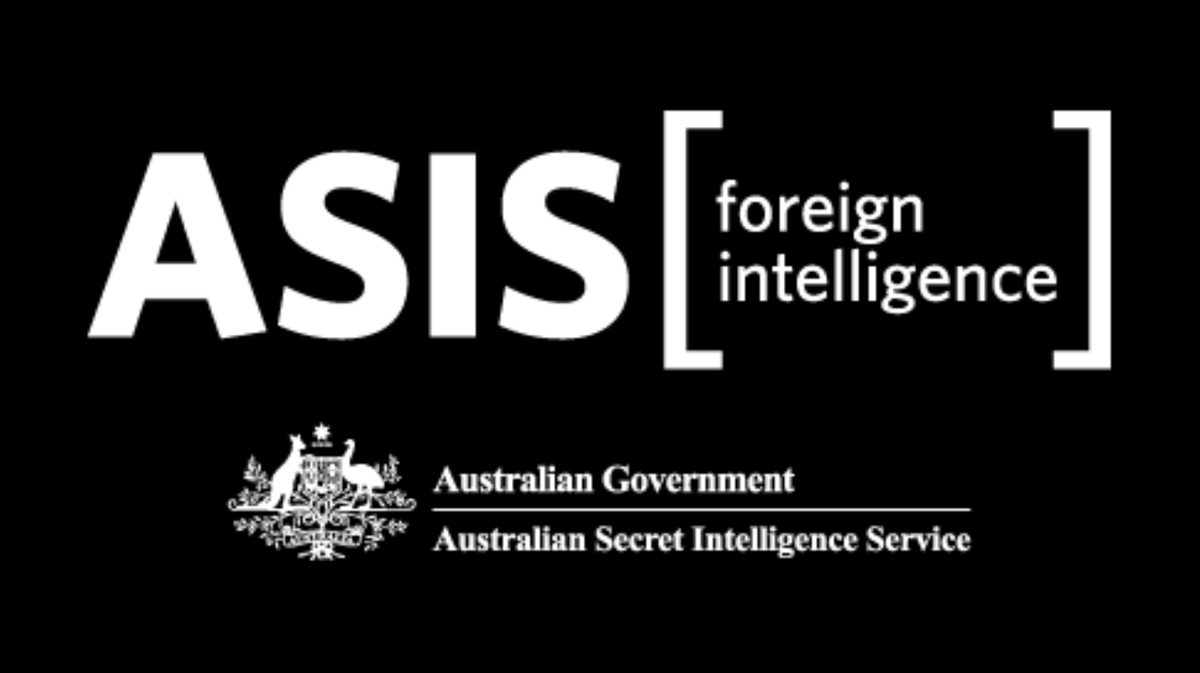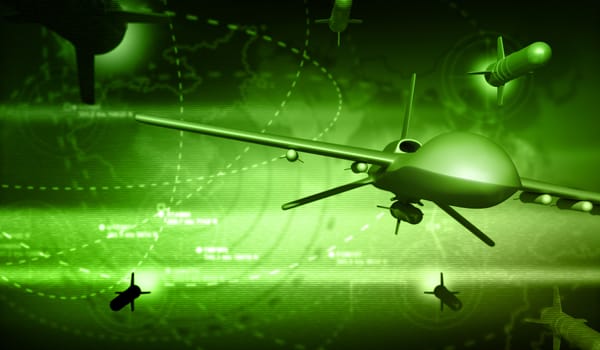🇦🇺 Australian Secret Intelligence Service (ASIS)
The Australian Secret Intelligence Service (ASIS) is Australia’s premier foreign intelligence agency, responsible for collecting and analyzing information from overseas sources to safeguard the nation’s strategic interests.

The Australian Secret Intelligence Service (ASIS) is Australia’s principal foreign intelligence agency, tasked with the collection and analysis of overseas intelligence to support the country’s national security and strategic decision-making. Often compared with the CIA (United States) and MI6 (United Kingdom), ASIS functions covertly to deliver critical insights that inform Australia’s foreign policy and defence posture. Its remit includes a broad spectrum of intelligence-gathering activities—ranging from political and military intelligence collection to covert operations designed to mitigate threats before they impact Australian interests.
ASIS operates as a key node in Australia’s national security architecture, furnishing policymakers with timely intelligence on global developments with potential security implications. This encompasses monitoring geopolitical volatility, tracking transnational terrorist movements, and identifying emerging threats in the cyber domain. In an era marked by rapid technological change and evolving modalities of conflict, ASIS’s capacity for adaptive, high-resolution intelligence has become increasingly vital.
Functioning under the Department of Foreign Affairs and Trade (DFAT), ASIS complements its collection efforts through strategic partnerships with both domestic and international intelligence counterparts. These partnerships enable integrated threat assessments and coordinated responses, combining human intelligence with cyber and technical capabilities. Through its discreet operations and forward-leaning strategy, ASIS plays a foundational role in protecting Australia’s global interests and upholding its national security framework.
Evolution of ASIS
The trajectory of ASIS reflects Australia’s shifting strategic context over more than seven decades, tracing a path from Cold War intelligence-gathering to contemporary cyber-espionage and counterterrorism.
Founding and Early Years (1950s–1960s)
Established in 1952 amid the ideological tensions of the Cold War, ASIS was formed to address Australia’s emerging need for independent foreign intelligence. Early operations concentrated on the Soviet bloc and broader communist influence, particularly in regions proximate to Australia’s strategic sphere. Operating with limited resources and under stringent secrecy, the agency built clandestine networks and relied primarily on human intelligence (HUMINT) to report on political and military developments. Despite its nascent capabilities, ASIS contributed actionable intelligence that influenced Australia’s strategic outlook during the early Cold War period.
Cold War Consolidation (1970s–1980s)
As the Cold War matured, ASIS expanded its operational scope and deepened its technological capabilities. The agency’s mission broadened beyond ideological surveillance to encompass broader geopolitical risk assessment. This period marked the institutionalisation of counterintelligence activities and deeper collaboration with allied services such as the CIA and MI6. ASIS began integrating emerging technologies with traditional espionage techniques, laying the groundwork for more sophisticated analytic capabilities and operational agility.
Post-Cold War Transformation (1990s–Early 2000s)
The collapse of the Soviet Union and the rise of new global security dynamics prompted ASIS to reassess its strategic priorities. The agency transitioned from Cold War paradigms to a focus on regional instability, proliferation threats, and the growing influence of non-state actors. Operational modernisation became imperative—both in terms of adopting new technologies and recalibrating intelligence methodologies. These reforms positioned ASIS to remain operationally relevant in an increasingly multipolar and unpredictable security environment.
Modern Era and Technological Adaptation (Post-9/11 to Present)
The post-9/11 landscape saw ASIS increase its emphasis on counterterrorism, intelligence fusion, and cyber operations. The agency invested in digital surveillance, cyber intelligence, and advanced data analytics to detect and disrupt threats in an increasingly networked global system. Today, ASIS operates in a strategic environment defined by cyberwarfare, disinformation, and hybrid threats. While operational details remain classified, the agency’s strategic shift reflects a broader trend toward intelligence-led national defence, integrating traditional tradecraft with next-generation tools.
Outlook
Looking ahead, ASIS faces a rapidly evolving threat environment that will require continued innovation, strategic foresight, and institutional agility.
Embracing Cyber and Digital Intelligence
The expansion of cyber threats and the acceleration of digital transformation require ASIS to further invest in advanced technologies and digital talent. Protecting critical infrastructure, combating state-sponsored cyber operations, and countering disinformation campaigns will demand sophisticated surveillance platforms, AI-driven analytics, and real-time threat modeling. The integration of machine learning into intelligence workflows offers opportunities for predictive analysis and faster decision-making, but also introduces new challenges around data integrity and operational security.
Navigating a Multipolar World
The emerging multipolar global order—characterised by the rise of regional powers and shifting alliances—will necessitate a recalibration of ASIS’s geographical and thematic focus. Greater attention is likely to be directed toward the Indo-Pacific, particularly in response to China’s growing regional influence. Concurrently, developments in the Middle East, South Asia, and Sub-Saharan Africa may drive new intelligence requirements and partnership models. Strategic situational awareness in such a fluid environment will be critical for timely and informed policymaking.
Adapting to Hybrid and Asymmetrical Threats
Contemporary adversaries often employ hybrid tactics that blend conventional force with cyber operations, coercive economics, and strategic misinformation. ASIS will need to evolve a hybrid response capability—merging HUMINT, SIGINT, and cyber capabilities into unified operational frameworks. Speed, discretion, and adaptability will be key in countering state and non-state actors operating across domains and jurisdictions.
Balancing Secrecy with Accountability
Maintaining operational secrecy while ensuring democratic accountability remains a central tension for intelligence agencies. As ASIS’s operational scope expands, public and parliamentary scrutiny will likely increase. Strengthening oversight mechanisms—such as through legislative review bodies and internal compliance protocols—will help balance transparency with operational effectiveness. Continued public trust will hinge on the agency’s ability to demonstrate ethical conduct and lawful operations while delivering strategic results.
Building Strategic Partnerships
In a globalised intelligence ecosystem, strategic partnerships are essential. ASIS is expected to deepen its existing alliances, including through the Five Eyes network, while cultivating new bilateral and multilateral partnerships in regions of growing strategic interest. These partnerships enhance situational awareness, enable intelligence sharing on transnational threats, and expand Australia’s diplomatic and security influence.




